The North for the South
During the war of aggression against Vietnam, the US imperialists spent hundreds of billions of dollars, mobilizing large human and material resources to research war strategies, manufacture and produce weapons and war vehicles. The US imperialists sent to South Vietnam an expeditionary army of more than 600,000 US soldiers and soldiers of 5 allied countries, equipping more than 1 million puppet soldiers with modern military weapons and techniques. As for the US army alone, at its peak, it mobilized up to 68% of the infantry, 60% of the marines, 32% of the tactical air force, 50% of the strategic air force, over 60% of the naval force, including 5 aircraft carriers; dropped 7 million 850 thousand tons of bombs on our country and spent 352 billion USD (1) .
Our Party determined that this was an extremely difficult and arduous battle, with many losses and sacrifices, because the enemy was strong in both position and force, using many modern war strategies, and on an increasingly large scale. However, with the will to fight and win for the independence and freedom of the Fatherland, our army and people in both the North and the South fought intelligently, bravely, tenaciously, and persistently, gradually bankrupting the war strategies of the US imperialists.
A technical demonstration by workers at Duyen Hai mechanical factory, Hai Phong - the leading industrial sector in the North in the early 1960s_Photo: VNA
Over the past 20 years (1954 - 1975), the North carried out the socialist revolution, but had to endure two destructive wars by the US air force and navy. The war destroyed the achievements that our people had built. Industrial zones, railways, bridges, ports, sea routes, waterways, hospitals, schools, warehouses... were all attacked, many places were destroyed; many hospitals were leveled, thousands of irrigation works, farms and thousands of hectares of fields, gardens, buffaloes and cows were heavily damaged...
With their will, talent and courage, the army and people of the North defeated the destructive war of the American imperialists, typically the 12-day and night victory of the "Dien Bien Phu in the air" battle in the sky of Hanoi (from December 18 to 30, 1972). The army and people of the North steadfastly responded to the raid, shooting down 81 aircraft of all types, including 34 B-52s, 5 F-111s, and capturing 43 "enemy pilots" (2) .
The North was both healing the wounds of war and trying to restore the economy, improve people's lives, and becoming a great rear base providing manpower and resources for the battlefield in the South. The movements "Three ready", "Three responsible", "Plow hand, gun hand", "Hammer hand, gun hand" or the slogans "Not a pound of rice is missing, not a soldier is missing", "No vehicle has passed, no house is spared", "All for the beloved South"... demonstrated the determination of the army and people in the North to "open the road to the South". The people of the North, especially the youth, wrote applications to join the Vietnam People's Army to fight for independence, freedom, and national unification with the spirit of "Splitting the Truong Son mountain range to save the country". The Truong Son road became the road of the will to win, courage, heroic spirit and the spirit of great national unity. During the two years 1973 - 1974, 379,000 tons of materials were transferred to the battlefield, 250,000 Northern youths were mobilized into the armed forces, 150,000 troops entered the battlefields and thousands of technical cadres were sent to the liberated areas of the South to build the local rear; in the first months of 1975 alone, 110,000 cadres and soldiers along with 230,000 tons of materials were quickly transferred to the South to serve the Spring campaign of 1975 (3) .
During the twenty-one years of resistance against American imperialism to save the country, the North became a solid material and spiritual support for the Southern revolution. Thanks to the strong support from the North, the position and strength of the Southern revolution became increasingly stronger, overwhelming the enemy. Our Party affirmed: "The North devoted all the strength of the socialist regime to the war to save and defend the country, and excellently fulfilled its duty as the revolutionary base of the whole country, worthy of being the invincible fortress of socialism" (4) .
Tank forces of Division 10 (Army Corps 3) led by female Saigon commando Nguyen Trung Kien (Cao Thi Nhip) captured Tan Son Nhat airport, April 30, 1975_Photo: VNA
The South maintains the spirit of "The Fatherland's citadel"
The army and people of the South have set a strong example, determined to "overthrow the US imperialists and their lackeys, liberate the South from colonialism and dictatorship, gain national independence, freedom, democracy, peace, neutrality and improve life. As long as these sacred aspirations are not achieved, the people of the South will not lay down their guns and the resistance will continue" (5) . The US imperialists have implemented the strategies of "unilateral war", "special war", "local war", "Vietnamization of the war". They established in the South of our country a brutal dictatorial, fascist regime with the policy of "denouncing the Communists, destroying the Communists" and Law 10/59. The puppet government of Ngo Dinh Diem brutally suppressed, causing savage massacres in an attempt to destroy the revolutionary forces and crush the fighting will of our people. Under the leadership of the Party and President Ho Chi Minh, our people have successively defeated the war strategies of the US imperialists and the Saigon government; foiled the enemy's plots.
The Tet Offensive and Uprising (1968) achieved a victory of great strategic significance, opening a decisive turning point in the fight against the US imperialists and their lackeys. On March 31, 1968, US President Johnson announced the decision to stop bombing the North and accept negotiations with us in Paris; on November 1, 1968, the US imperialists declared a de-escalation of the war, gradually withdrawing US combat troops and allied troops from the South. In the first 6 months of 1968, the enemy suffered heavy losses in terms of forces as well as weapons and means of war; but our position and forces in the South also suffered serious losses, thousands of cadres and soldiers of the armed forces and political forces were sacrificed and injured, tens of thousands of revolutionary masses fell. The American imperialists' will to invade was shaken, but they still refused to give up their plot to dominate the South through neo-colonialism for a long time. This was the most difficult time for the Southern revolution.
Faced with that situation, our Party and President Ho Chi Minh determined the policy of directing the Southern battlefield: Building and mobilizing political and spiritual strength; combining revolutionary violence with two forces, the political force of the masses and the people's armed forces; conducting partial uprisings in the countryside to develop into revolutionary war. Combining military struggle with political and diplomatic struggle, between uprising and attack, attack and uprising. Fighting the enemy in all three strategic areas: mountains, forests, countryside and plains. Fighting the enemy with three prongs: military, political, and military agitation, closely combining three types of troops, main force troops, local troops and militia; combining guerrilla warfare with regular warfare; combining large-scale, medium-scale and small-scale attacks. Always maintaining the initiative to attack; know how to create and seize opportunities to defeat the enemy step by step, promote general offensive and uprising, carry out "fight to drive out the Americans, fight to topple the puppets" and move forward to achieve complete victory.
The army and people of the South, with their iron will and indomitable spirit, the first one fell, the next one advanced, overcoming all hardships, challenges, and sacrifices, raising high the flag of independence, fighting for self-liberation. In June 1969, the National Congress of the People of South Vietnam established the Provisional Revolutionary Government of the Republic of South Vietnam. The Provisional Revolutionary Government was the legal representative of the people of the South, a member at the Paris Conference. In addition, on the military front, we won more victories on Route 9 - Southern Laos, the 1972 general offensive and uprising in the Tri - Thien battlefield, the Southeast, the Central Highlands..., along with the victory in the enemy's second destructive war, forcing the US government to sit at the negotiating table between the parties. The diplomatic struggle at the Paris Conference table lasted nearly 4 years and 9 months with more than 200 public sessions, 45 high-level private meetings, more than 500 press conferences, and more than 1,000 interviews, ending on January 27, 1973 with the signing of the Agreement to End the War and Restore Peace in Vietnam.
From March 4, 1975, our Party decided to launch a strategic general offensive that shocked and stunned the US and the puppets. We opened fire on a number of important targets in Pleiku to create a diversion for the Central Highlands Campaign. At dawn on March 10, 1975, we attacked Buon Ma Thuot, opening the door for a breakthrough, opening the way for the 1975 strategic general offensive, winning a great victory on the Central Highlands battlefield. On March 18, 1975, the Politburo met and promptly added the strategic determination to liberate the South in 1975. At the same time, we began to attack and liberate Tri Thien - Hue, Da Nang and 5 coastal provinces in the Central region. With the victory like "split bamboo" on the Central Highlands and coastal battlefields, the Politburo promptly added the strategy to completely liberate the South before the rainy season. By April 3, 1975, we had wiped out the enemy and liberated the entire coastal plain of Central Vietnam. On March 25, 1975, based on our relentless offensive and great victory on the battlefield, the Politburo continued to add strategic determination: liberate the South as soon as possible, preferably in April 1975, before the rainy season, without delay.
On April 9, 1975, we began the battle to create a position in the Northeast and Southwest of Saigon and fight the enemy in the entire Southeast region by mobilizing the largest force in the history of the resistance war against American imperialism, launching the largest offensive campaign in the history of the Vietnam War, including 4 army corps and the 232nd Corps equivalent to an army corps. On April 14, 1975, the Politburo decided to name the Saigon Liberation Campaign "Ho Chi Minh Campaign". Implementing the strategic guiding ideology of the Politburo: "Speed, boldness, surprise, sure victory", on April 26, 1975, we began the historic Ho Chi Minh Campaign, attacking and liberating Saigon - Gia Dinh, forcing the puppet President Duong Van Minh to declare unconditional surrender at 11:30 a.m. on April 30, 1975, causing shock throughout the Mekong Delta, the three Indochinese countries and the world. On April 30 and May 1, 1975, the people and soldiers of the Southern provinces destroyed, captured and disintegrated the entire enemy force and completely liberated the provinces of the Mekong Delta.
The Southern compatriots and soldiers stood on the front line of the Fatherland, opening the 21-year-long steadfast resistance war, fighting bravely, excellently fulfilling the role of "The Fatherland's citadel", setting a shining example of revolutionary heroism that the history of our country and our people will forever remember.
International support for the just war
The theory and practice of the Vietnamese revolution both affirm that we defeated the US imperialists because our people's war was just, against the unjust war of aggression caused by colonialists and imperialists, to gain and maintain national independence. Vietnam has become the front line of the national liberation movement, against neo-colonialism, and to protect the world socialist system. Not only aiming to annex Vietnam, more insidiously, the US imperialists have the purpose of testing, drawing experience to deal with the world revolution, deterring and preventing the movement to fight for national liberation and socialism, competing for influence with other imperialists on the continents. Therefore, the US imperialists are not only dangerous and direct enemies of our people but also dangerous enemies of the world's peace-loving people.
During the process of leading the revolution, along with promoting national strength, President Ho Chi Minh always wished to continue to receive material and spiritual support and assistance from progressive and peace-loving countries and humanity. He affirmed: “Currently, under the leadership of the Vietnam Workers' Party, the Vietnamese people are striving to build a socialist North and fight for national reunification. Due to the determination of the people of the whole country, with the wholehearted help of the Soviet Union, China and other fraternal countries, and the sympathy and support of progressive humanity in the world, we firmly believe that the construction of socialism in our country will definitely win, the cause of national reunification will definitely succeed” (6) . During the resistance war against American imperialism, Vietnam received millions of tons of aid from the Soviet Union, China and other socialist countries, including weapons, ammunition, military intelligence materials, food, military uniforms, medical supplies, gasoline, construction materials, etc.
At the same time, a broad international front supporting Vietnam and opposing American imperialism was formed. In the UK, in 1962, about 70 members of the "Vietnam - UK Friendship Association" (BVC) demonstrated in front of the US Embassy in London; the British Council for Peace in Vietnam (BCPV) in the period 1965 - 1968 received 100,000 signatures and called on more than 6,000 British people to demonstrate against the US war in Vietnam, calling on the British Government to act as a mediator for peace (7) ... In the years from 1969 - 1971, the movement against the war in Vietnam spread throughout the US, including all social classes, including members of Congress and veterans who fought in Vietnam. On May 4, 1970 alone, there were waves of protests in the capital at 900 university campuses across the United States; on May 9, 1970, there were about 75,000 - 100,000 protesters to denounce the "escalation" and "madness" of the Nixon administration (8) . Many delegations of countries, parties, and progressive organizations from Europe, Asia, Africa, and America continued to visit and support Vietnam. By 1970, there were 120 invitations from countries around the world to delegations of the National Liberation Front of South Vietnam and the Provisional Revolutionary Government of the Republic of South Vietnam. From 1965 to 1971, the Government of the Democratic Republic of Vietnam established and raised diplomatic relations with 18 countries; The Provisional Revolutionary Government of the Republic of South Vietnam (1969 - 1971) alone had diplomatic relations with 26 countries (9) .
The great victory in the spring of 1975 ended the 21-year resistance war against American imperialism to save the country, opening a new era for Vietnam: the era of national reunification, innovation and development. The Party affirmed: “Our strength is the strength of the two flags of national independence and socialism, closely linked to the three revolutionary currents of the era. Therefore, our people's resistance received great help from fraternal socialist countries and from all progressive humanity. That is one of the factors that ensured our defeat of the imperialist ringleader” (10) .
Ho Chi Minh City is changing dramatically with modern, century-old architectural works along the Saigon River_Photo: nhandan.vn
Strengthening independence, peace and striving for development
Without being "delusional" or "falling asleep" with the victory, the Party led the people to continue to strongly promote the spirit and heroic momentum of the Great Spring Victory of 1975 in the work of overcoming the consequences of war; healing, harmonizing and reconciling the nation; rebuilding, constructing, building and defending the Fatherland.
The Party has led the implementation of the renovation, integration and development of the country with the goal of a rich people, a strong country, democracy, fairness and civilization; with the policy of "considerate diplomacy" to gradually remove animosity, siege and embargo, "putting aside the past, overcoming differences, promoting similarities, and looking towards the future". The relationship between Vietnam and the US has made a breakthrough, from "hostile confrontation" to normalization and establishment of diplomatic relations (July 11 and 12, 1995), establishing a comprehensive partnership (July 25, 2013) and a comprehensive strategic partnership for peace, cooperation and sustainable development (September 10, 2023), creating favorable conditions for both sides to increase trust and expand cooperation in many fields. Most prominent were the meetings between the two countries' leaders, such as the visits to Vietnam by US presidents: President Bill Clinton (November 2000), President George W. Bush (November 2006), President Barack Obama (May 2016), President Donald Trump (November 2017, February 2019) and President Joe Biden (September 2023); visits to the US by Vietnamese Party and State leaders: General Secretary of the Communist Party of Vietnam Nguyen Phu Trong (July 2015), Prime Minister Nguyen Xuan Phuc (May 2017), Prime Minister Pham Minh Chinh (May 2022), General Secretary and President To Lam (September 2024).
Economic, trade and investment cooperation between Vietnam and the US has made new strides. In the 5-year period (2017 - 2021), Vietnam's export turnover to the US increased by 230%; in 2022, bilateral trade between the two countries reached more than 123.9 billion USD (up 11% over the same period in 2021); in 2023, Vietnam - US trade turnover decreased (due to economic recession and armed conflicts in the world), but still maintained a value of over 100 billion USD, reaching 110.8 billion USD; in 2024, Vietnam - US trade turnover reached 134.6 billion USD. The US has become Vietnam's largest export market, Vietnam has become the 10th largest trading partner of the US.
Vietnam pursues a policy of independent, self-reliant, peaceful, friendly, cooperative and developmental development, multilateralizing and diversifying foreign relations, being a friend, a reliable partner and an active and responsible member of the international community; steadfast in principles and goals, flexible and clever in strategies; closely and harmoniously coordinating party foreign affairs, state diplomacy and people-to-people diplomacy. Thanks to that, Vietnam currently has diplomatic relations with 194 countries, is an active member of nearly 70 regional and international organizations. With 17 signed free trade agreements (FTAs) and 2 FTAs under negotiation, Vietnam has participated in 19 FTAs with over 60 FTA partners covering all continents with a total product (GDP) accounting for nearly 90% of global GDP...
Up to now, although there are still many difficulties and challenges, the great and proud achievements of nearly 40 years of renovation have continued to affirm that the path to socialism in Vietnam is consistent with the country's reality and the development trend of the times. Vietnam has become a development model that many countries in the world learn from and refer to for experience in building and defending the Fatherland. "History leaves behind lessons of lasting value. The Communist Party of Vietnam and President Ho Chi Minh have inherited and promoted those lessons in the process of leading the long revolutionary war in our country, continuing to write the heroic history of the nation. Entering the new era, our people will certainly have enough spirit and determination, strength and talent to overcome all difficulties, defeat all enemies, bring the Fatherland Vietnam and the Vietnamese people into the evolutionary trend of the new era, reaching new heights, worthy of the stature of a heroic nation" (11) .
The great victory of Spring 1975 was a victory of indomitable will, of the strength of great national unity combined with the strength of the times, continuing to open up the foundation, potential, position and prestige of Vietnam on the world map. “The Communist Party of Vietnam, under the light of Marxism-Leninism and Ho Chi Minh thought, will continue to successfully fulfill its historical mission. Firmly believing in the strength of the Party and the solidarity of the entire nation, we affirm: Our entire Party, people and army will unite to overcome all difficulties and challenges, bring the country to rapid and sustainable development in the new era, and build a glorious and bright future for the Vietnamese people” (12) ./.
---------------------------
(1) Central Ideology and Culture Committee: Celebrating the 20th anniversary of the liberation of the South and the 105th birthday of Uncle Ho , Hanoi, 1995, p. 36
(2) The War Summary Steering Committee under the Politburo: Vietnam's Revolutionary War 1945-1975: Victory and Lessons , National Political Publishing House, Hanoi, 2000, p. 167
(3) Nguyen Thi Hao: The Party leads the resistance war against French colonialism and American imperialism (1945-1975) , Political Theory Publishing House, Hanoi, 2018, p. 159
(4) Complete Party Documents , National Political Publishing House, Hanoi, 2004, vol. 37, p. 490
(5) The great resistance war against America to save the country 1961 - 1964 , Truth Publishing House, Hanoi, 1974, vol. II, p. 73
(6) Ho Chi Minh: Complete Works , National Political Publishing House Truth, Hanoi, 2011, vol. 12, p. 288
(7) Tran Ngoc Dung: “The movement against the Vietnam War in England in the 60s of the 20th century: Historical values”, Electronic Communist Magazine , March 18, 2023, https://www.tapchicongsan.org.vn/web/guest/the-gioi-van-de-su-kien/-/2018/827160/phong-trao-phan-doi-chien-tranh-viet-nam-o-anh-trong-thap-nien-60-cua--the-ky-xx--nhung-gia-tri-lich-su.aspx
(8) Vietnam Military History Institute: History of the resistance war against the US to save the country 1954 - 1975 (Volume VI - Victory over the US on the battlefields of the three Indochinese countries) , National Political Publishing House Truth, Hanoi, 2015, p. 232
(9) Vietnam Military History Institute: History of the resistance war against the US to save the country 1954-1975 (Volume VI - Victory over the US on the battlefields of the three Indochinese countries), op. cit. , p. 236
(10) Complete Party Documents, op. cit ., vol. 35, p. 183
(11) The War Summary Steering Committee under the Politburo: Vietnam's Revolutionary War 1945 - 1975: Victory and Lessons, op. cit. , p. 70
(12) Professor, Dr. To Lam: “Radiant Vietnam”, Electronic Communist Magazine , February 2, 2025, https://tapchicongsan.org.vn/media-story/-/asset_publisher/V8hhp4dK31Gf/content/rang-ro-viet-nam
Source: https://tapchicongsan.org.vn/web/guest/quoc-phong-an-ninh-oi-ngoai1/-/2018/1079202/y-chi-viet-nam-tu-dai-thang-mua-xuan-nam-1975-den-vung-buoc-tien-vao--ky-nguyen-vuon-minh-cua-dan-toc.aspx


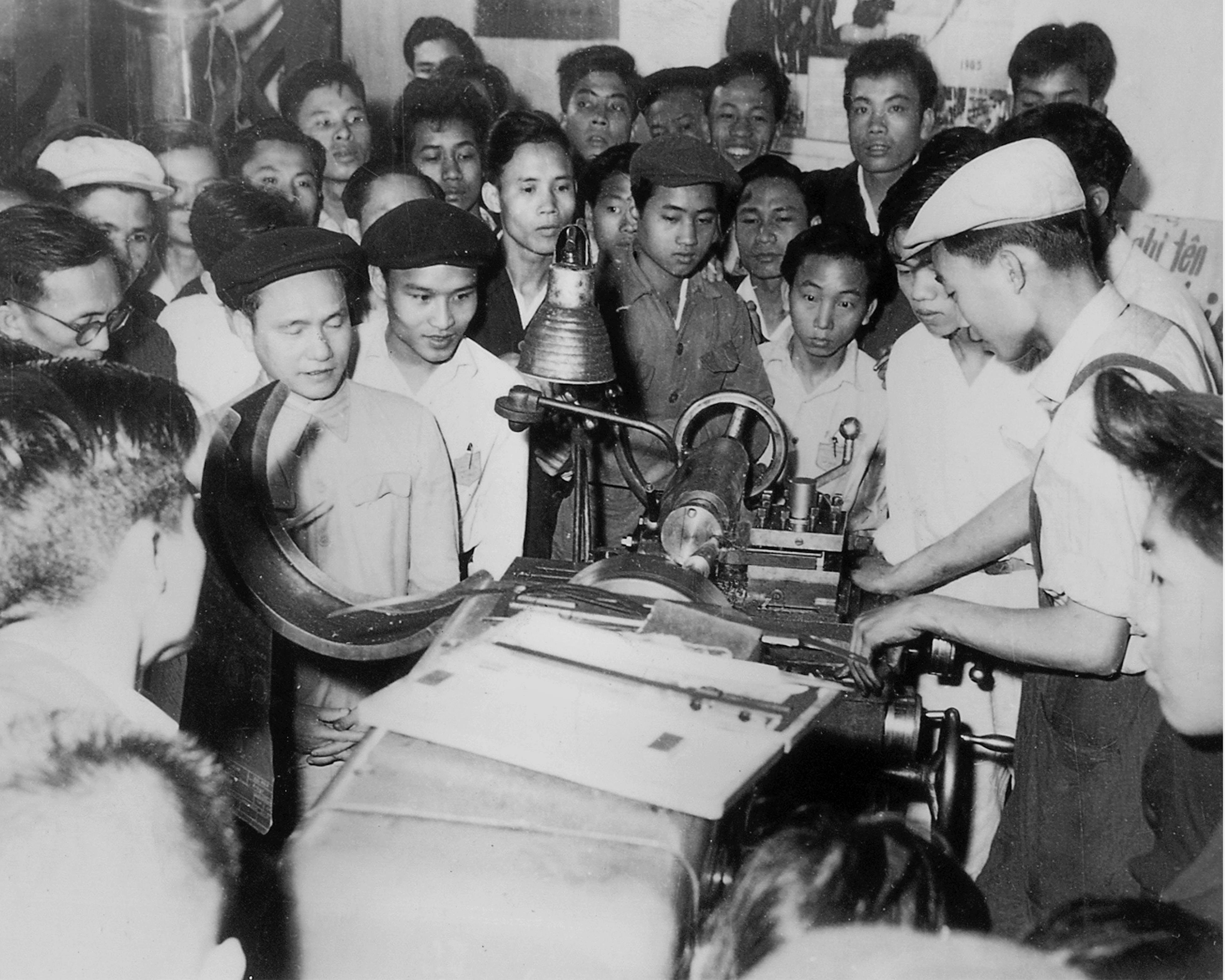
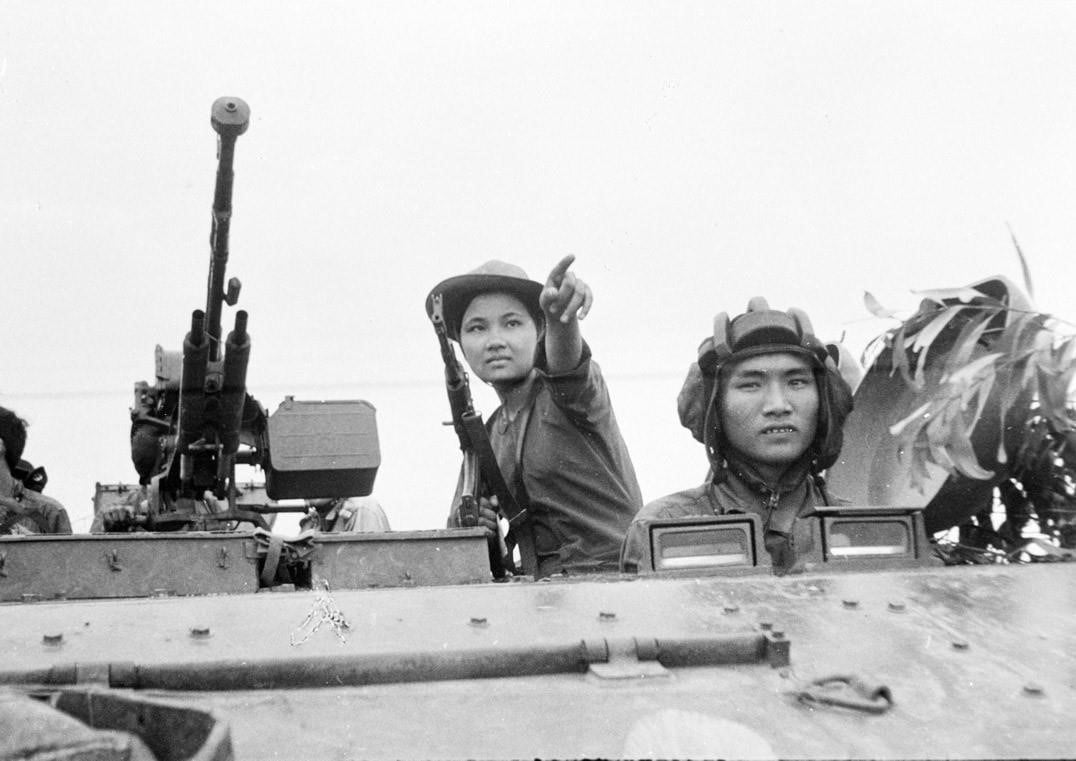
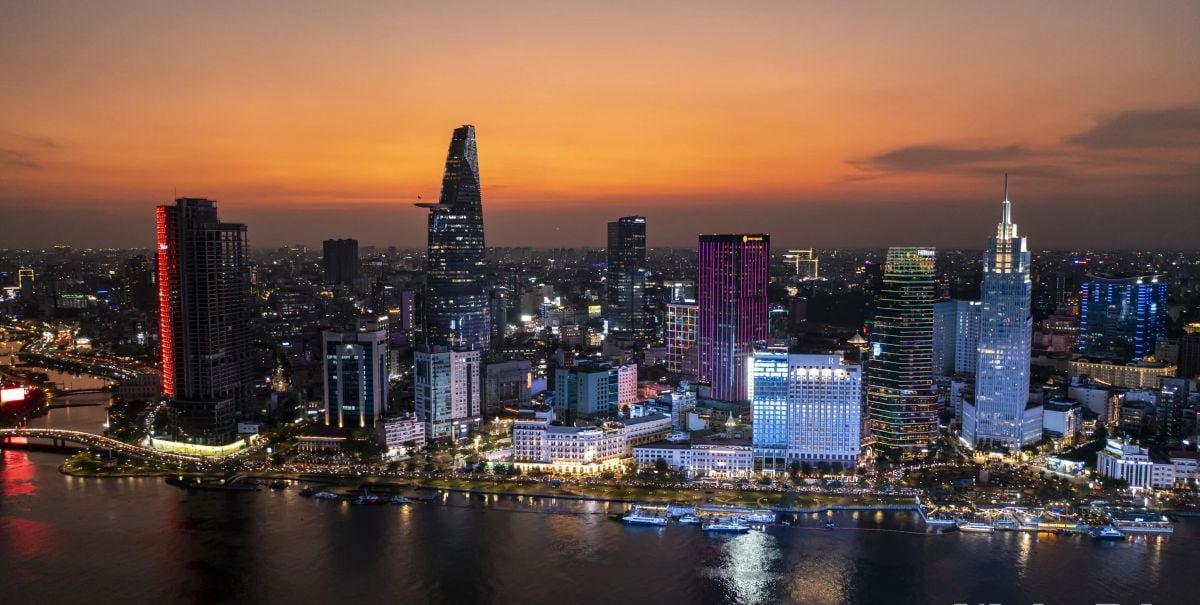
![[Photo] National Assembly Chairman Tran Thanh Man receives Chairman of the House of Representatives of Uzbekistan Nuriddin Ismoilov](https://vphoto.vietnam.vn/thumb/1200x675/vietnam/resource/IMAGE/2025/10/27/1761542647910_bnd-2610-jpg.webp)



![[Photo] The 5th Patriotic Emulation Congress of the Central Inspection Commission](https://vphoto.vietnam.vn/thumb/1200x675/vietnam/resource/IMAGE/2025/10/27/1761566862838_ndo_br_1-1858-jpg.webp)
![[Photo] Party Committees of Central Party agencies summarize the implementation of Resolution No. 18-NQ/TW and the direction of the Party Congress](https://vphoto.vietnam.vn/thumb/1200x675/vietnam/resource/IMAGE/2025/10/27/1761545645968_ndo_br_1-jpg.webp)
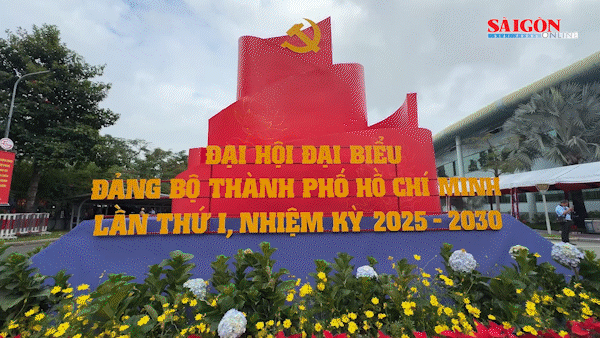

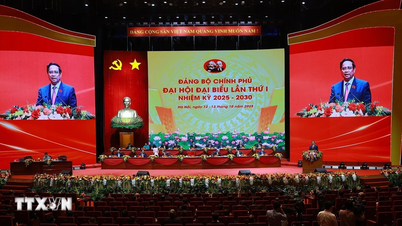

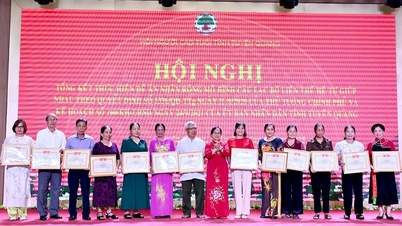



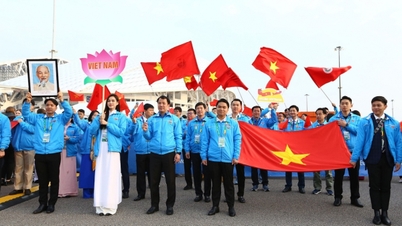


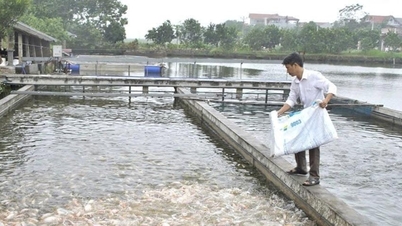



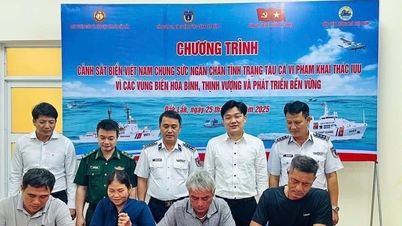
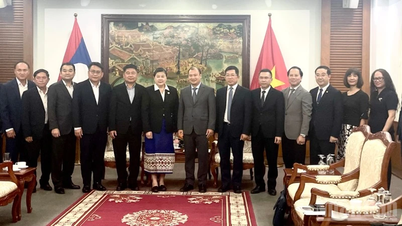
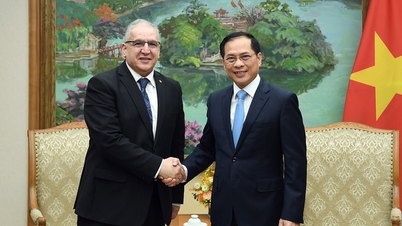





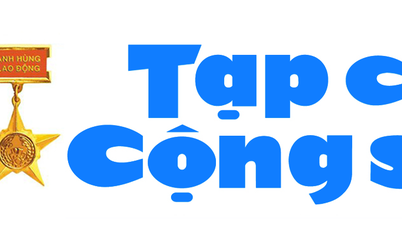




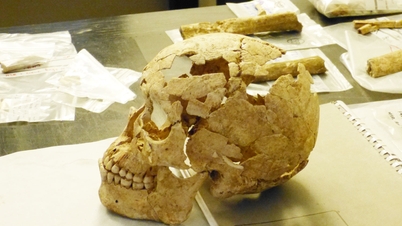

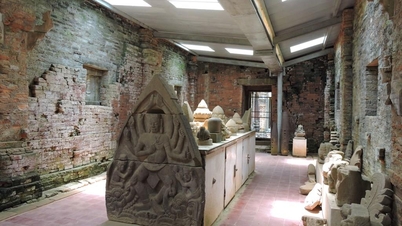



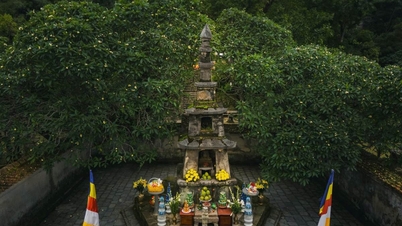

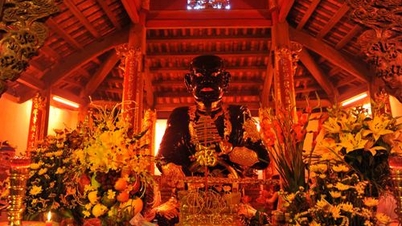




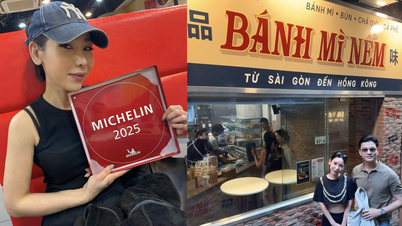


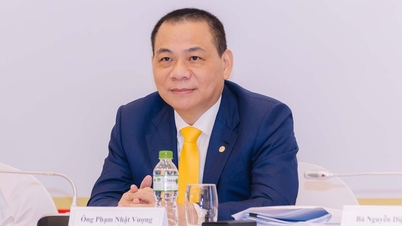



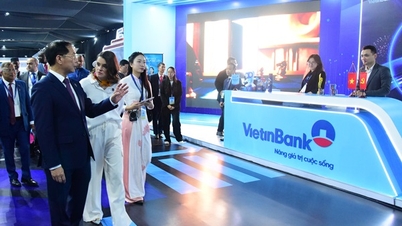

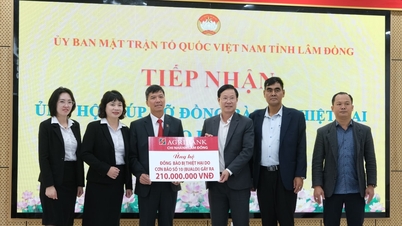


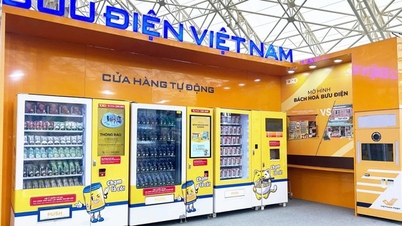


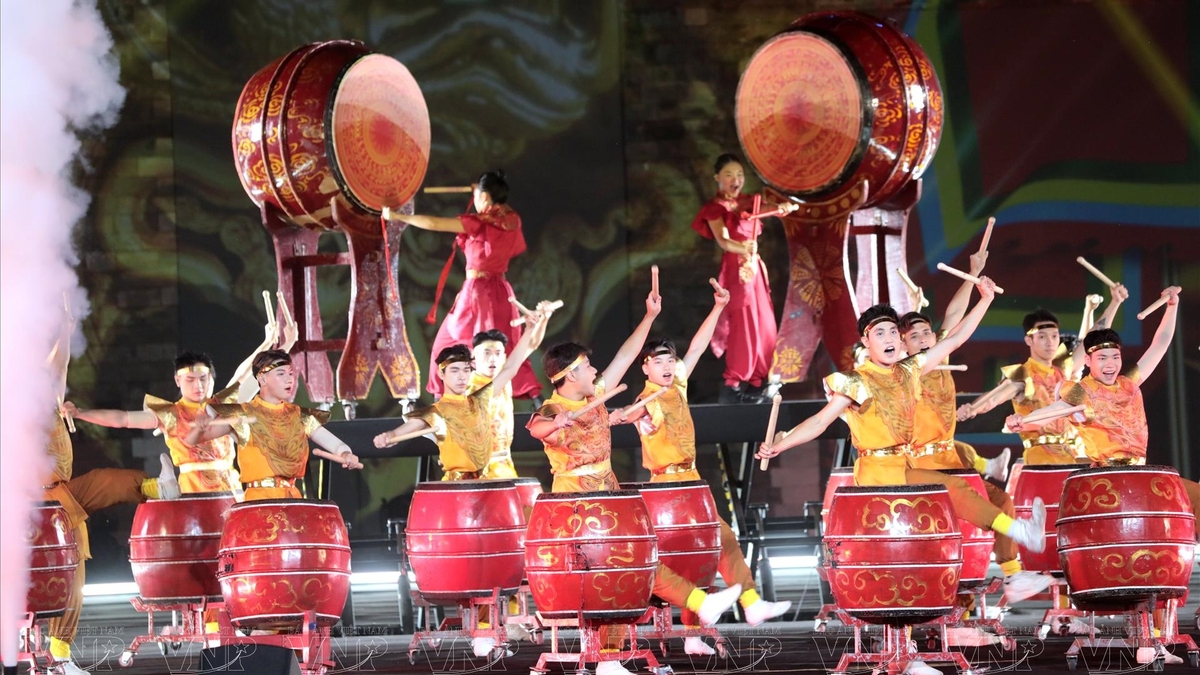

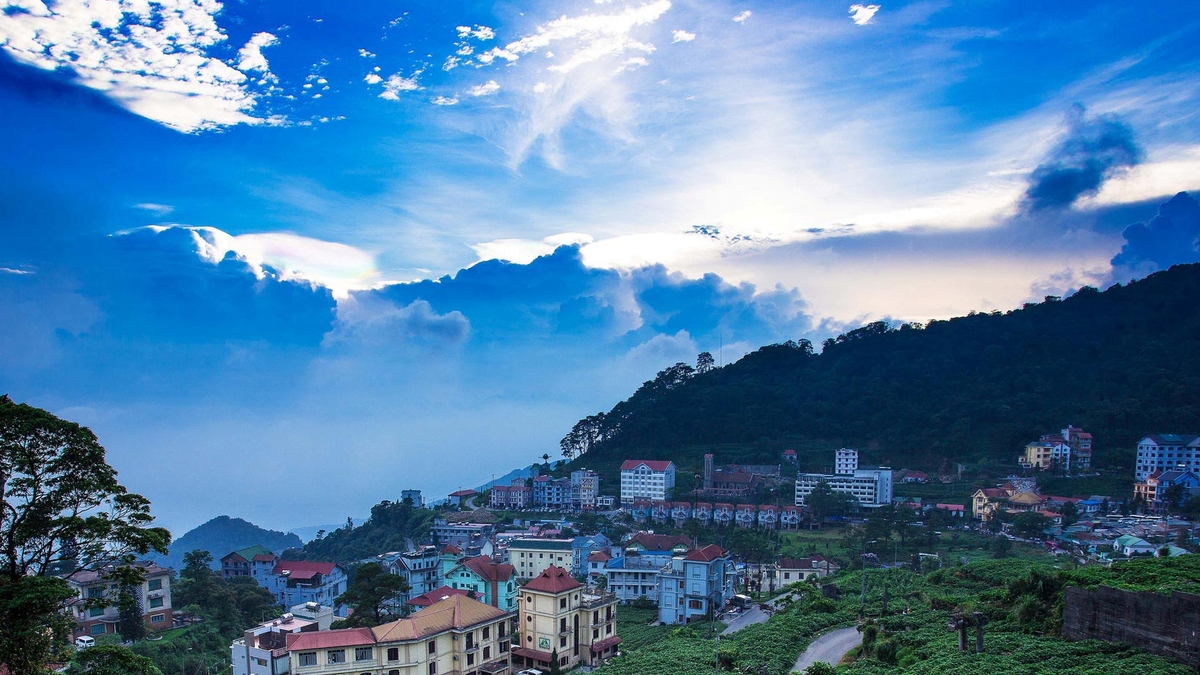



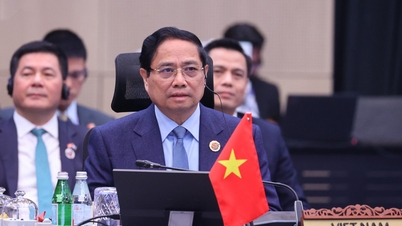
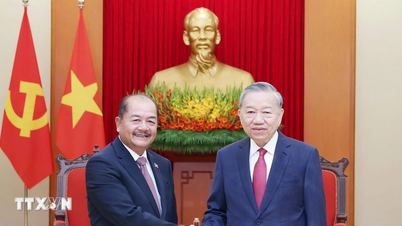
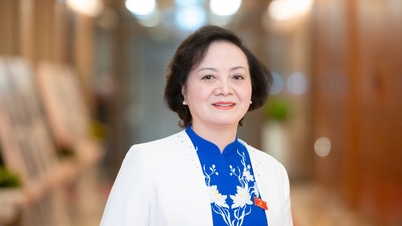

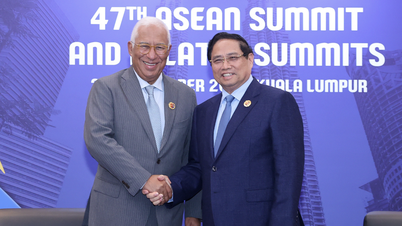
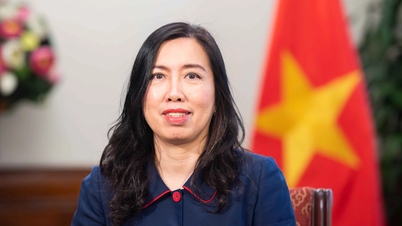
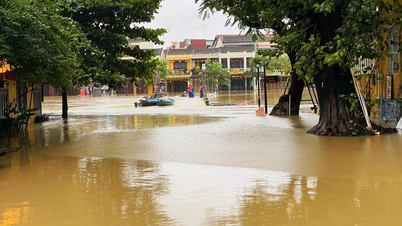
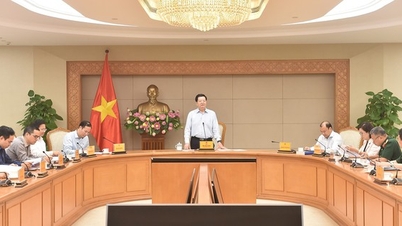

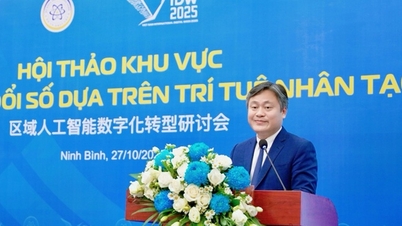
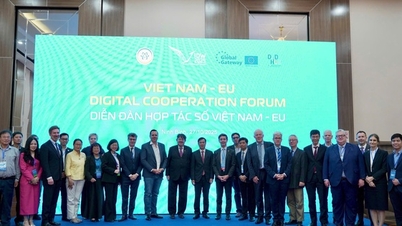

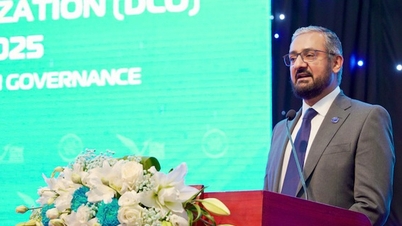
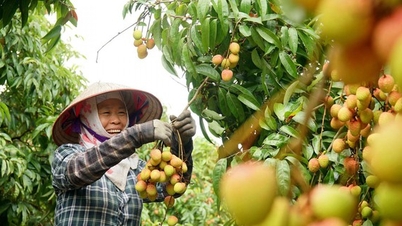


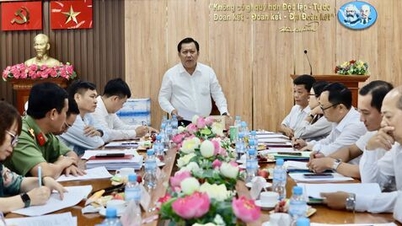


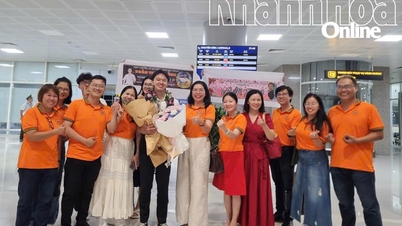

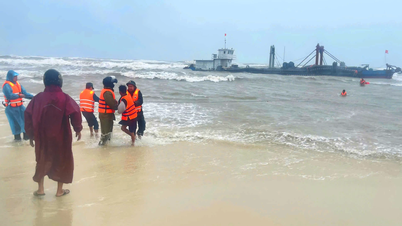















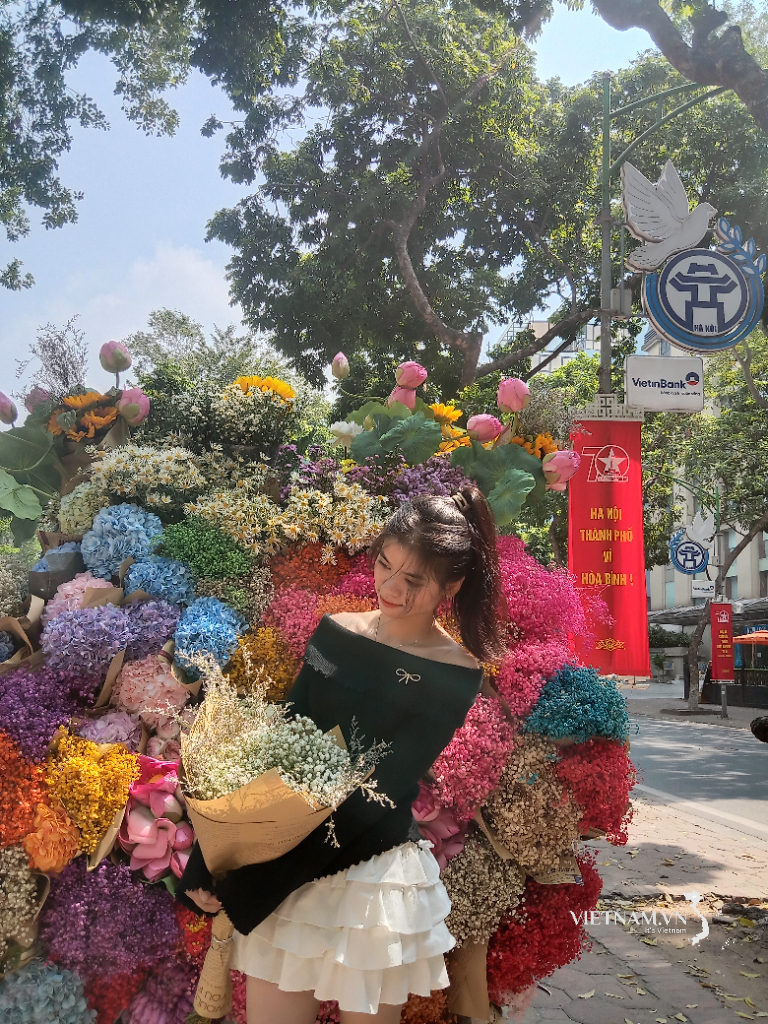

Comment (0)